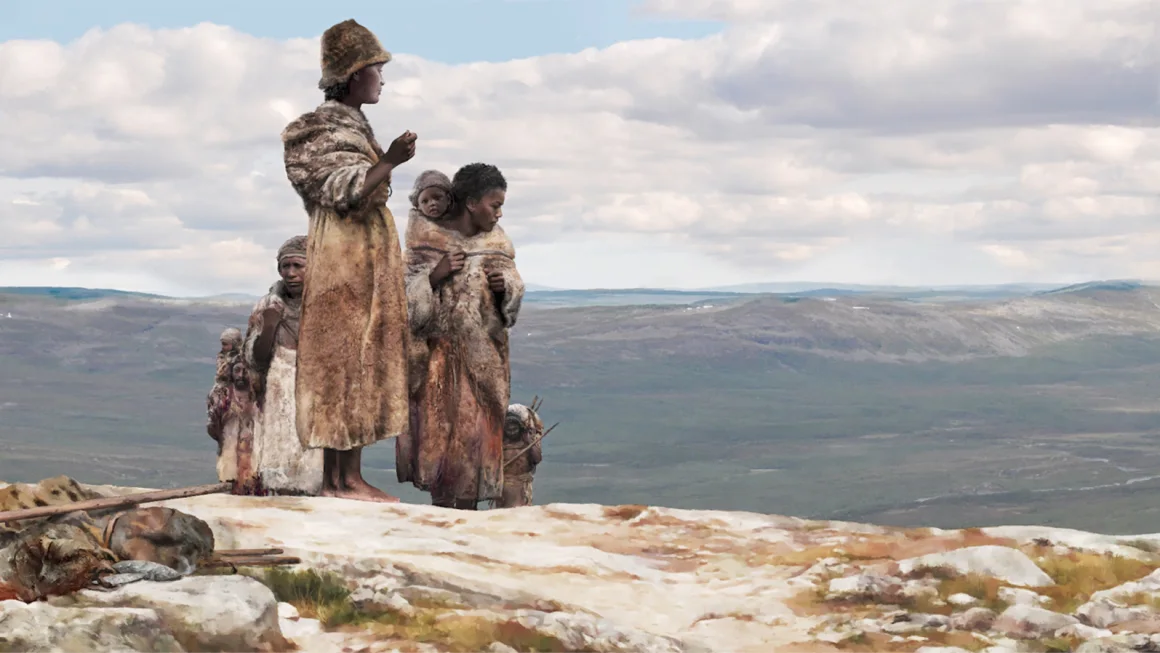A groundbreaking genetic study has revealed traces of a previously unknown branch in the human family tree. By analyzing ancient DNA from Siberia and the Tibetan Plateau, researchers uncovered the existence of an archaic hominin population that interbred with both Denisovans and Neanderthals. This discovery sheds new light on human evolution and the genetic diversity of early populations.
The research team sequenced DNA from a 400,000-year-old femur found in Siberia’s Denisova Cave, representing the oldest genome ever mapped. The analysis showed shared traits with Denisovans, Neanderthals, and modern humans. Additionally, it identified markers distinct from these groups, pointing to a divergent lineage that may have contributed to the genetic makeup of contemporary humans in Asia and Oceania.
These findings also suggest that interbreeding between different hominin species was more frequent than previously believed. Genetic traces from this lost branch were detected in the genomes of Indigenous populations from Southeast Asia, including Papua New Guinea and Australia. This adds complexity to the narrative of ancient migrations and human adaptation to diverse environments.
By utilizing advanced genomic mapping techniques, scientists have traced the origins of this lineage to over 1 million years ago. This challenges prior assumptions about the age and spread of early Homo species. The study highlights the role of archaic DNA in understanding not only human ancestry but also how ancient genes influence traits like immunity and disease resistance today











